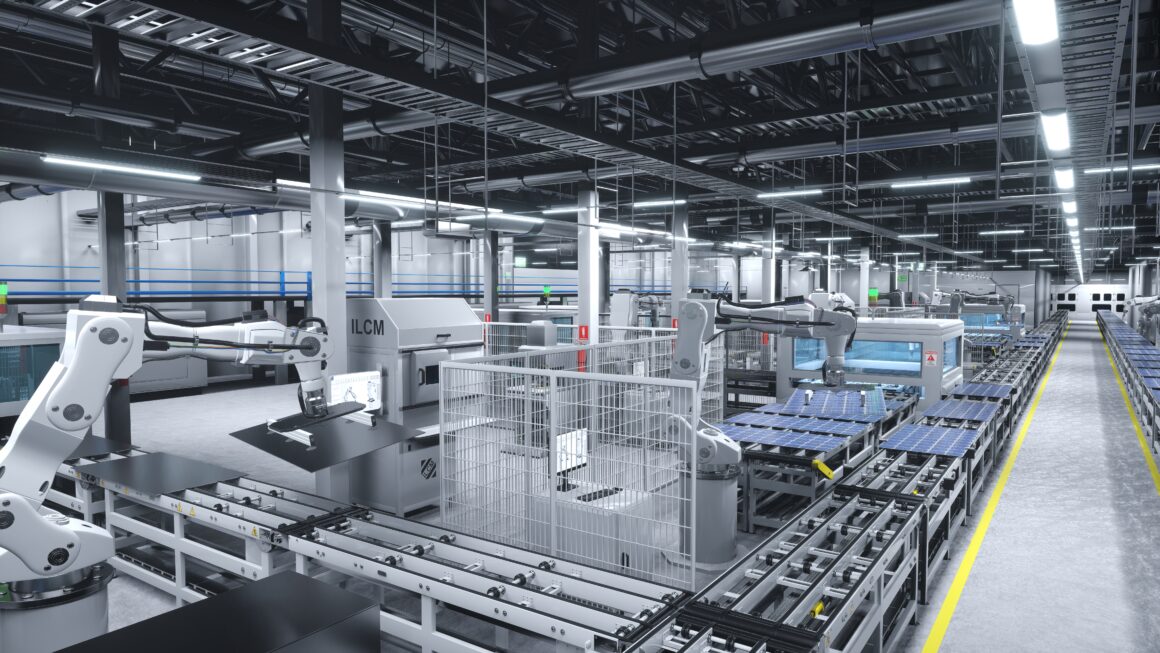The Intelligent Power Play: Fusing Robotics, Hydraulics, and Pneumatics in Advanced Industrial Automation
The modern industrial landscape demands automation solutions that are not just powerful or precise, but intelligently adaptable to a vast array of complex tasks. While standalone robotic systems offer incredible dexterity and programmability, and hydraulic or pneumatic systems deliver raw power or nimble speed respectively, the true vanguard of industrial efficiency lies in their sophisticated integration. Advanced automation solutions are increasingly leveraging a carefully orchestrated mix of robotics, hydraulics, and pneumatics, creating hybrid systems that capitalize on the distinct advantages of each technology to achieve performance levels previously unattainable. This synergistic approach allows engineers to design highly optimized work cells capable of handling diverse operational requirements with unparalleled effectiveness.
Imagine an automated manufacturing cell where the “brains and dexterity” are provided by an advanced robotic arm, capable of intricate path planning, precise part manipulation, and real-time adjustments based on sensor feedback. When immense force is needed – perhaps for heavy lifting, clamping massive components, or powering a large press – robust hydraulic systems are seamlessly integrated, providing controlled, high-torque power that would be impractical or overly complex for robotics alone. Conversely, for rapid, repetitive, and often simpler actuation tasks like gripping, ejecting parts, or providing quick linear movements, agile and cost-effective pneumatic systems are deployed, offering speed and reliability. The intelligent control system, often a sophisticated PLC or industrial PC, acts as the conductor, ensuring these disparate technologies work in perfect concert.
This intelligent fusion is about applying the right tool for the right sub-task within a larger automated process. It allows for the creation of solutions that are not only more capable but also more economically viable and energy-efficient than relying on a single, over-engineered technology. From automotive assembly lines where robots guide hydraulic riveting tools, to heavy industry where pneumatic grippers on robotic arms feed components into hydraulic presses, the combinations are limitless. This thoughtful integration of robotics, hydraulics, and pneumatics, underpinned by advanced control logic and often enhanced with IIoT for monitoring and optimization, represents the pinnacle of practical and powerful industrial automation, driving new levels of productivity and flexibility in factories worldwide.


Leave a Reply